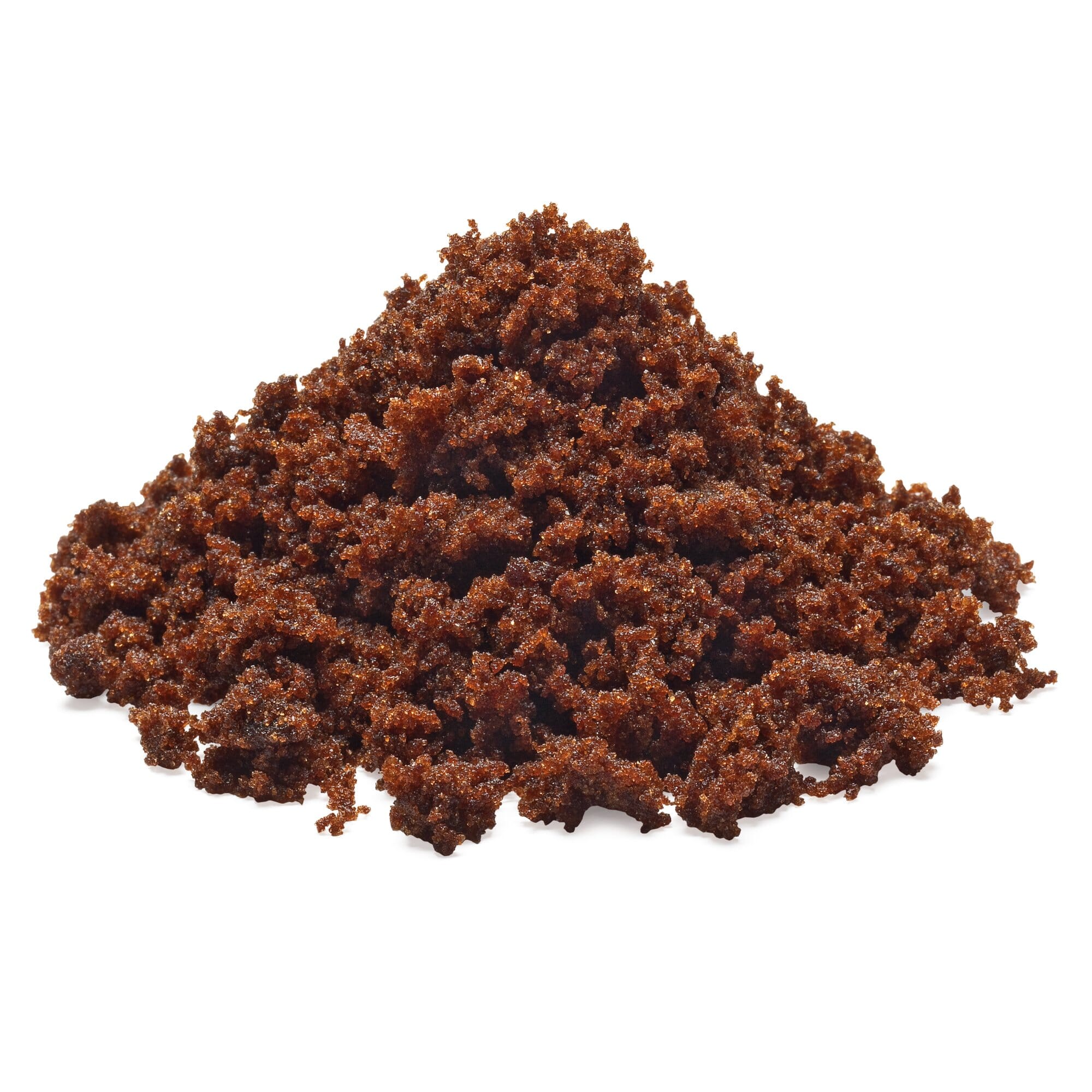Recognizing Cane Sugar Processing: A Comprehensive Review of the Stages
Recognizing Cane Sugar Processing: A Comprehensive Review of the Stages
Blog Article
A Thorough Overview to the Ecological Influence and Sustainability Practices in Cane Sugar Processing
The environmental effect of walking stick sugar handling offers a complex array of challenges that warrant careful assessment. From dirt deterioration and extreme water use to the carbon impact connected with farming and manufacturing, the effects of typical techniques are far-ranging. In comparison, the fostering of cutting-edge sustainability actions supplies a path towards a lot more liable production techniques. Comprehending the interplay between these concerns is critical for stakeholders in the sector. What details techniques can be carried out to strike an equilibrium between productivity and ecological stewardship? The solutions depend on a better look at both the challenges and potential remedies.
Introduction of Cane Sugar Handling
Cane sugar handling includes a collection of methodical actions that transform sugarcane into polished sugar. Initially, harvested sugarcane is moved to refining facilities, where it undergoes cleansing to eliminate dirt and debris. Following this, the walking cane is crushed to draw out juice, which is then cleared up by getting rid of pollutants through home heating and the enhancement of lime.
The clarified juice undergoes evaporation, where water is eliminated to focus the sugar web content. These crystals are separated from the remaining syrup utilizing centrifugation, resulting in raw sugar.
The last item is then dried and packaged for distribution. Throughout this entire process, preserving effectiveness and top quality control is necessary to make sure the sugar satisfies sector criteria. Each step in cane sugar processing not only adds to the end product but also has implications for resource usage and waste generation, establishing the phase for conversations on sustainability and ecological influences related to sugar manufacturing.
Ecological Difficulties of Manufacturing
The manufacturing of walking stick sugar provides a number of considerable environmental challenges that warrant attention. One primary concern is the extensive use agrochemicals, consisting of plant foods and chemicals, which can lead to soil destruction, biodiversity loss, and contamination of neighborhood water resources. The overflow from sugarcane fields frequently lugs these chemicals right into neighboring ecosystems, interrupting aquatic life and affecting the health and wellness of communities reliant on these water bodies.
Another challenge is the high power usage connected with sugarcane processing. The boiling and refining phases need substantial warmth, mostly created by shedding fossil fuels, adding to greenhouse gas discharges. Additionally, the large acreage required for sugarcane farming can cause deforestation and environment damage, further aggravating climate change and threatening wildlife.
In addition, the labor methods in some areas increase ethical problems, as workers might face inadequate working conditions and poor salaries. This scenario typically perpetuates a cycle of hardship in local neighborhoods. Cane Sugar Processing. Addressing these ecological challenges is essential for developing a lot more sustainable methods in walking cane sugar production, eventually profiting both the atmosphere and the areas involved in this market
Water and Land Usage Impact
Water resources and land application are crucial components in the walking stick sugar sector that significantly affect the setting. The cultivation of sugarcane requires considerable water input, with price quotes recommending that it can consume as much as 2,000 litres of water per kilogram of sugar produced. This intensive usage of water usually results in exhaustion of regional water sources, influencing not only the sugarcane ranches however additionally bordering ecosystems and communities that depend on the exact same water resources for farming and residential usage.

Additionally, land usage for sugarcane growing can bring about deforestation and the conversion of all-natural habitats right into monoculture plantations. This technique decreases biodiversity, interferes with regional ecological communities, and adds to dirt degradation. The growth of sugarcane areas frequently elbows in on important farming land, creating competitors for sources between food and biofuel production.
Lasting practices, such as enhancing watering strategies and executing crop turning, are important to alleviate these influences. By adopting much more reliable water use and land management techniques, the walking stick sugar sector can reduce its ecological footprint, making sure an equilibrium between agricultural productivity and environmental conservation.
Greenhouse Gas Emissions
Greenhouse gas exhausts stand for a substantial ecological concern within the cane sugar processing industry, especially as agricultural methods broaden to satisfy international need. The farming of sugarcane, a plant that prospers in exotic environments, counts greatly on artificial plant foods and chemicals, which add to laughing gas discharges. Furthermore, land-use modifications, including deforestation for new sugarcane ranches, release carbon dioxide stored in plants and dirt.
During handling, power usage is another significant resource of greenhouse gas discharges - Cane Sugar Processing. Many sugar mills make use of nonrenewable fuel sources to power equipment and produce heat, causing significant carbon footprints. In addition, the transport of raw sugarcane and completed items includes layers of emissions via fuel combustion in lorries
This involves examining existing agricultural methods, refining methods, and transportation systems to recognize locations for improvement and mitigation. Resolving greenhouse gas emissions is necessary for fostering a more sustainable walking cane sugar sector in a changing climate.

Lasting Practices and Innovations
Sustainable methods and technologies are progressively crucial in the walking stick sugar handling industry as stakeholders seek to lower environmental influences while preserving productivity. One substantial development is the execution of integrated plant administration, which maximizes resource usage by combining dirt management, bug control, and crop rotation strategies. This method boosts yield while decreasing chemical inputs and protecting dirt health.
In addition, the adoption of sustainable power sources, such as biomass from sugarcane deposits, has actually acquired grip - Cane Sugar Processing. By transforming waste products into power, processing facilities can minimize their dependence on nonrenewable fuel sources, consequently find decreasing greenhouse gas emissions
Water administration techniques have also seen enhancements via the recycling and reusing of water in processing plants, considerably lowering freshwater consumption. Developments in innovation, such as accuracy farming, enable farmers to keep track of plant wellness and source see here now use better, making sure lasting farming practices.
Furthermore, accreditation programs like Fair Trade and Jungle Partnership motivate eco liable farming techniques and advertise social equity within the supply chain. By welcoming these lasting techniques and innovations, the cane sugar handling industry can boost its strength and add favorably to ecological stewardship.
Verdict
The ecological influence of walking cane sugar handling provides considerable difficulties, including soil degradation, high water intake, and greenhouse gas exhausts, along with honest worries associated to labor methods. Dealing with these issues through lasting methods, such as integrated crop monitoring, eco-friendly power adoption, and water recycling, is important. By promoting socially equitable and eco accountable methods in sugar manufacturing, the sector can alleviate its unfavorable effects, making certain a much more sustainable future for both neighborhoods and ecosystems entailed in this market.
Cane sugar handling involves a collection of methodical steps that change sugarcane into polished sugar. Each step in walking cane sugar processing not just contributes to the last product yet likewise has effects for resource usage and waste generation, setting the phase for discussions on sustainability and ecological effects linked with sugar production.
Greenhouse gas exhausts represent a substantial environmental worry within the cane sugar handling industry, especially as farming methods increase pop over to this site to meet international demand.Sustainable techniques and developments are significantly vital in the walking stick sugar handling industry as stakeholders look for to lower environmental effects while keeping productivity.The ecological influence of cane sugar processing offers significant difficulties, consisting of dirt degradation, high water usage, and greenhouse gas exhausts, alongside ethical worries associated to labor methods.
Report this page